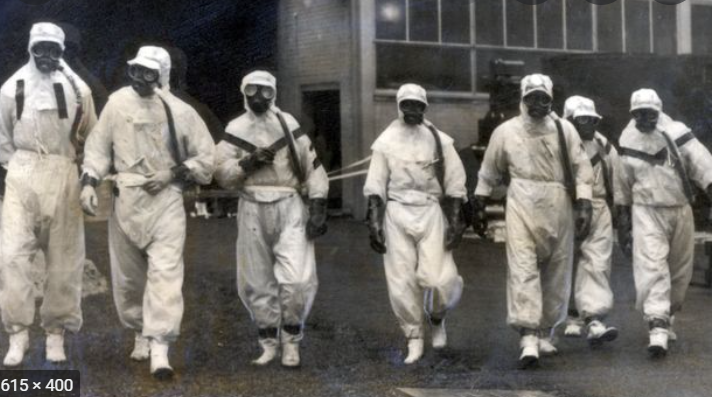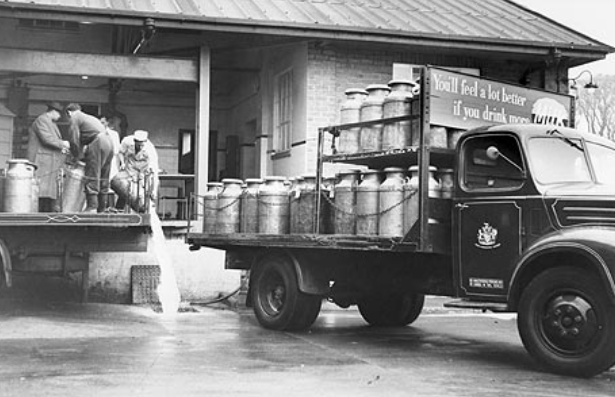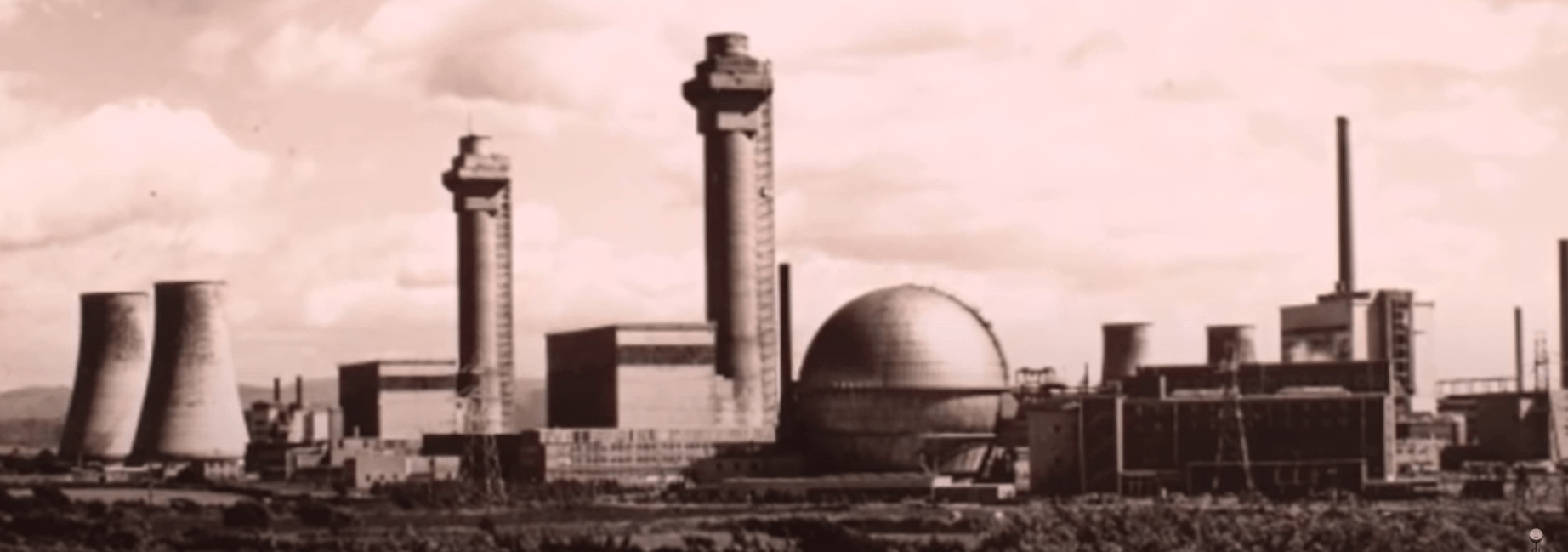By Andy Fenwick, Worcester South Labour member
Whilst going through some internet files I came across a documentary on the fire at Windscale in Cumbria, from October 1957, when there was the first nuclear accident. The Tory Prime minister of the time, Harold Macmillan, edited the official report to put the blame on workers, yet ultimately, he and his policies were the cause of a near disaster.
In 1946 Labour Foreign Secretary, Ernest Bevin (not to be confused with Nye Bevan, who created the NHS) had persuaded Prime Minister Attlee to develop the UK’s own Atomic bomb, because the USA was not sharing its secrets and Britain had to maintain its ‘imperial’ position. The decision was therefore taken to build the Harwell research establishment at Aldermaston as well as Windscale in Cumbria.
The race was on to produce Plutonium, but the whole programme was riddled with financial and economic targets to cut and scrimp on the costs of construction and the testing of the Windscale reactor, even though a fire was always going to be a possibility. So, instead of reliable safety installations, ‘Heath Robinson’ solutions were put together. One of these, for example, dealt with a scenario in which the reactor core pellets started to overheat, in which case the graphite holding cells would be super-heated and then cooled rapidly, the theory being that this would disperse the heat from the reactor core pellets.

Workers used old scaffolding poles to dislodge pellets
Windscale did produce Plutonium, but not in the quantity required. A year’s production only made 168 grams, which was not enough for the one megaton bomb needed. So another untested decision was made to strip the Aluminium to the minimum the cooling fins that had surrounded the reactor core pellets. This was a known risk, because it meant that the reactor core pellets would stay hotter for longer.
An incident did happen where heat from the core pellets melted the cooling fins, jamming the graphite holding cells. Workers, with minimum protective clothing, had to go into the reactor chamber and knock these pellets out with long pieces of scaffolding tubes that happened to be left over from the original building of the reactor.
Eventually, Britain tested its own A-bomb, only to be told that the USA had just test the much more powerful Hydrogen bomb. The H-bomb needed the Hydrogen isotope Deuterium to build it and Winston Churchill, by now Prime Minister again, pushed for a new reactor to be built at Calder Hall, next to Windscale, disguised as a nuclear power plant.
As the Suez crisis of 1956 showed (when the UK and France invaded Egypt and were forced by American pressure to withdraw), it was clear that the ‘special’ UK/US relationship was growing weak. But the British government still felt it needed to be a member of the ‘Nuclear Club’, so a bomb had to be developed regardless of safety. Once again, errors were made in cutting costs.
Calder Hall was part of that process: a big lie was put across that Calder Hall produced electricity. Even the Queen, in opening the facility, said the electricity would be so cheap that it wouldn’t need to be metered. In fact, Calder Hall, far from being the “world’s first” nuclear electricity producer, actually took more power from the national grid than it put in.

Although scientists thought that enough fission material had been produced in Cumbria, in fact the first test was a bit of a failure and not wanting to lose face, the then Prime Minister, Anthony Eden, agreed to a ploy whereby an A-bomb would be packed with H-bomb material to confuse the Americans as much as the Russians.
Cumbria-produced milk had to be dumped because of contamination
In October 1957, while the British press were lauding the UK’s membership of the nuclear club, in Cumbria a technician noticed an unexpected rise in the reactor core temperature. All attempts to put out what was clearly a fire failed for two whole days, until a worker had the bright idea of switching off the cooling fans and starving the fire of oxygen. It was a simple solution, but it worked.
There were attempts to keep this out of the headlines, but they failed when the government ordered that milk supplies be poured away due to radiation. The radiation that leaked from the reactor was thought to have contaminated local grasslands, meaning that it would have found its way into the milk. A subsequent enquiry ran for ten days, but all reference to nuclear weapons were removed from its remit and in great political haste the accident was put down to worker error.
As a footnote to this event, it soon became clear that the UK need not have wasted money on its own nuclear bomb research and attempts to develop its own ballistic missile. When the Russians launched the first Sputnik satellite in October 1957, a panicky USA administration thought that the USSR now had an edge on missile technology and so the UK was invited to become part (albeit a very junior partner) of the US nuclear programme. The special relationship was back on.
Even today Windscale, or give it its new name, Sellafield, is still a health hazard. The Thermal Oxide Reprocessing Plant (THORP) was closed for almost two years from 2005, after a leak was discovered that had gone undetected for nine months. Not something you’d put your trust in.



